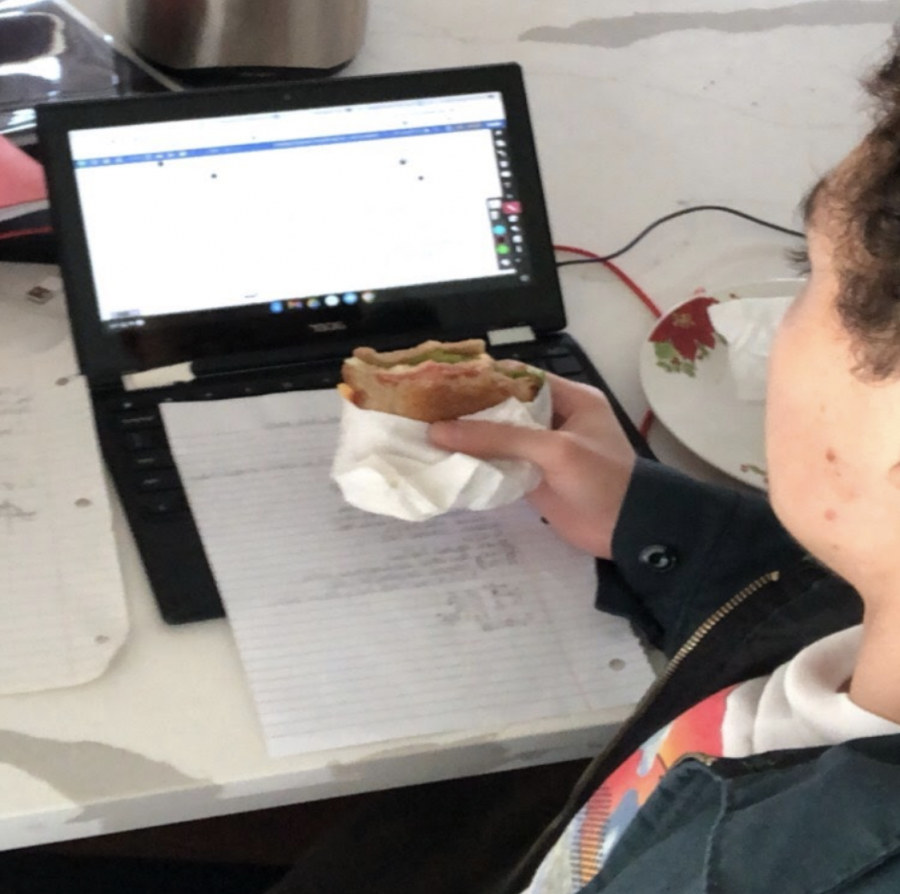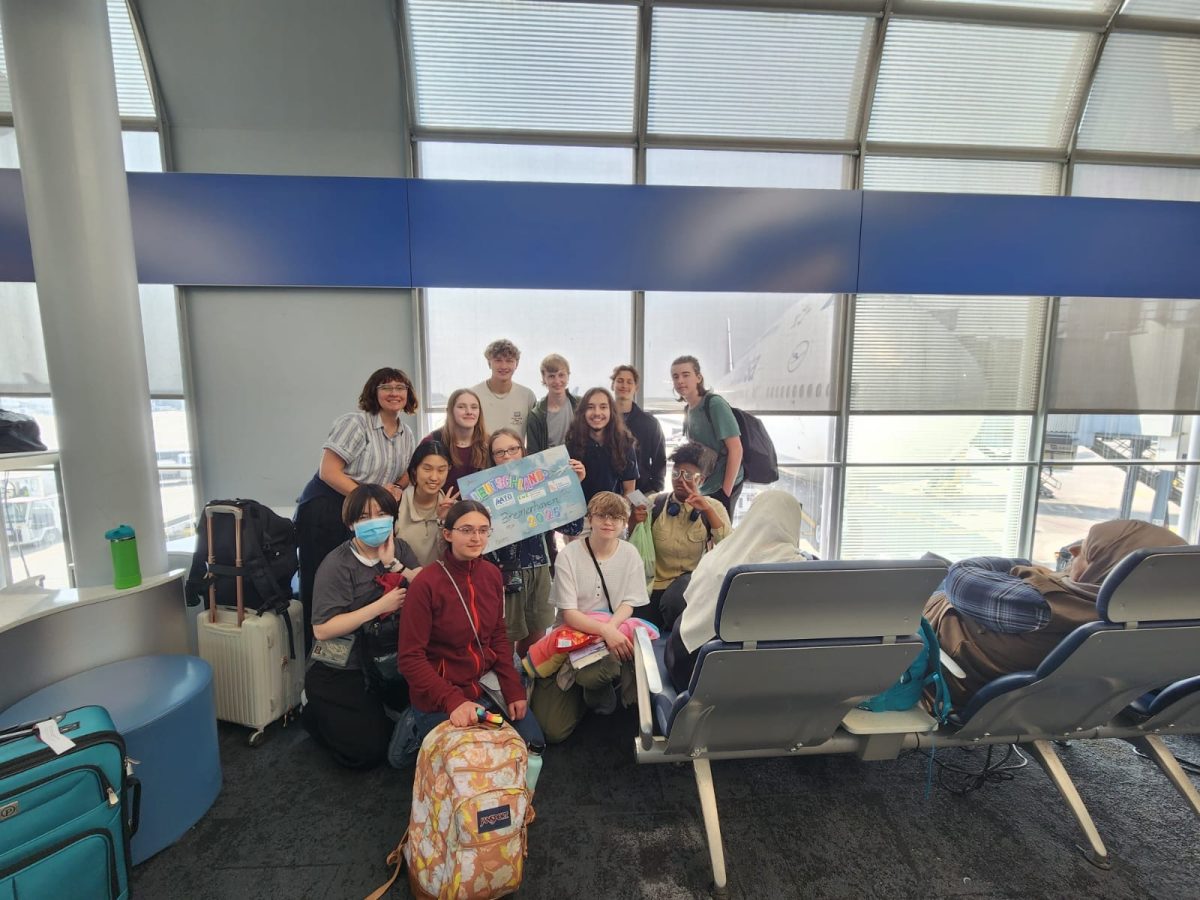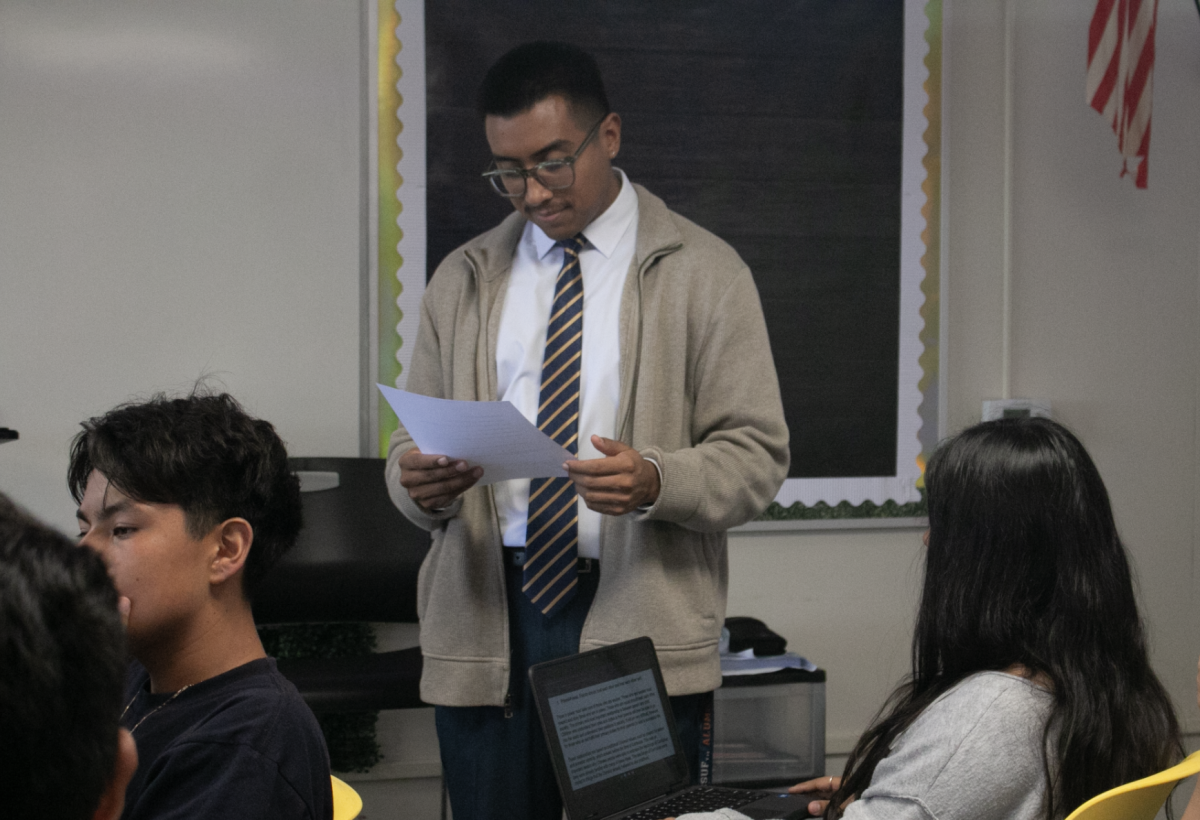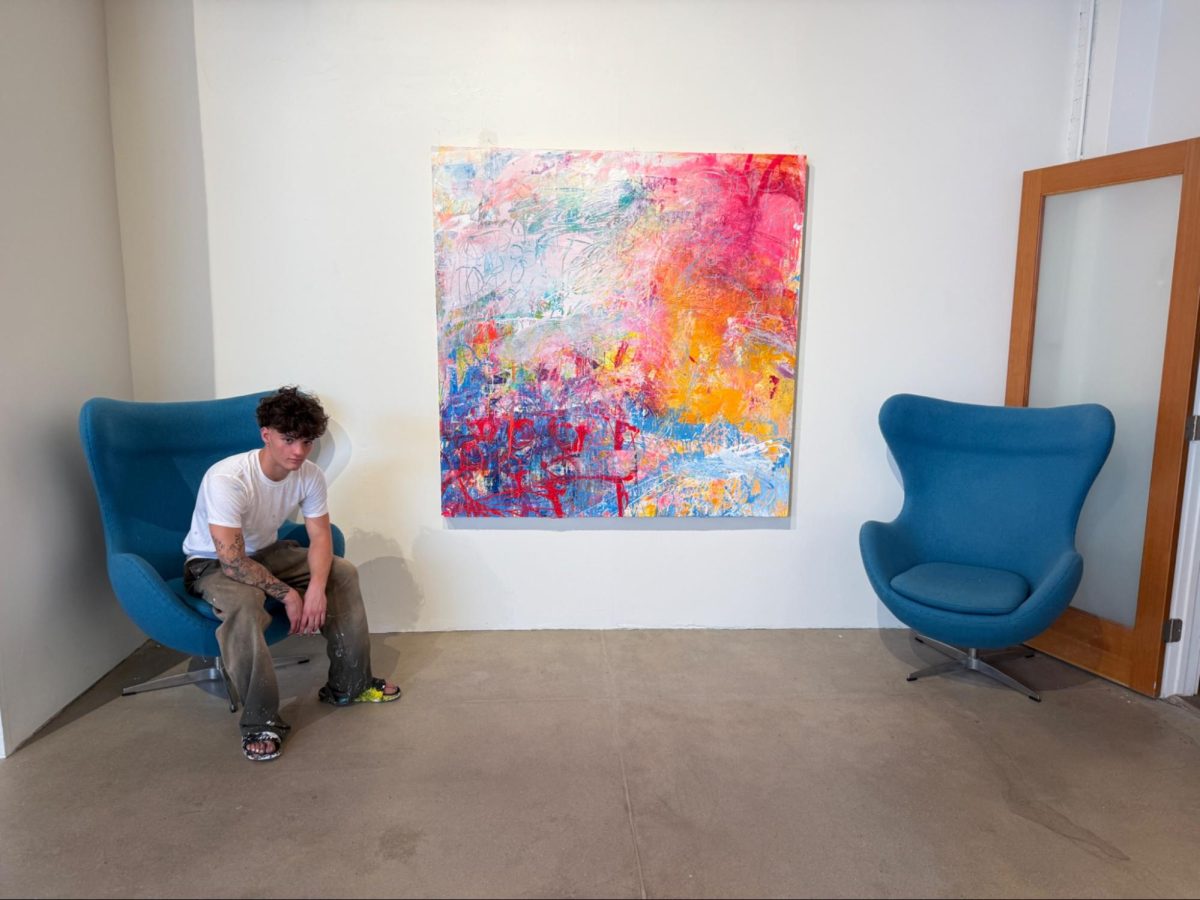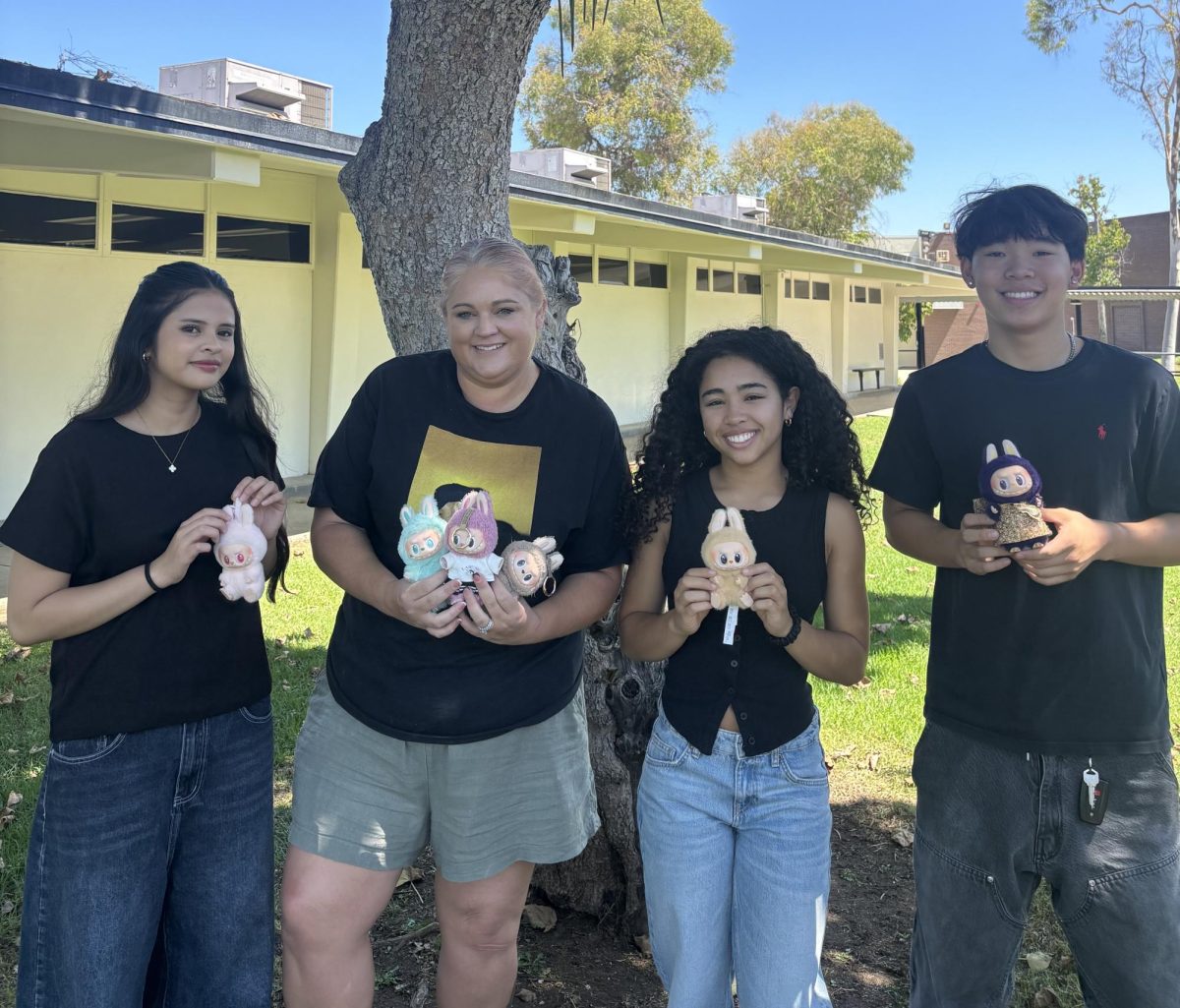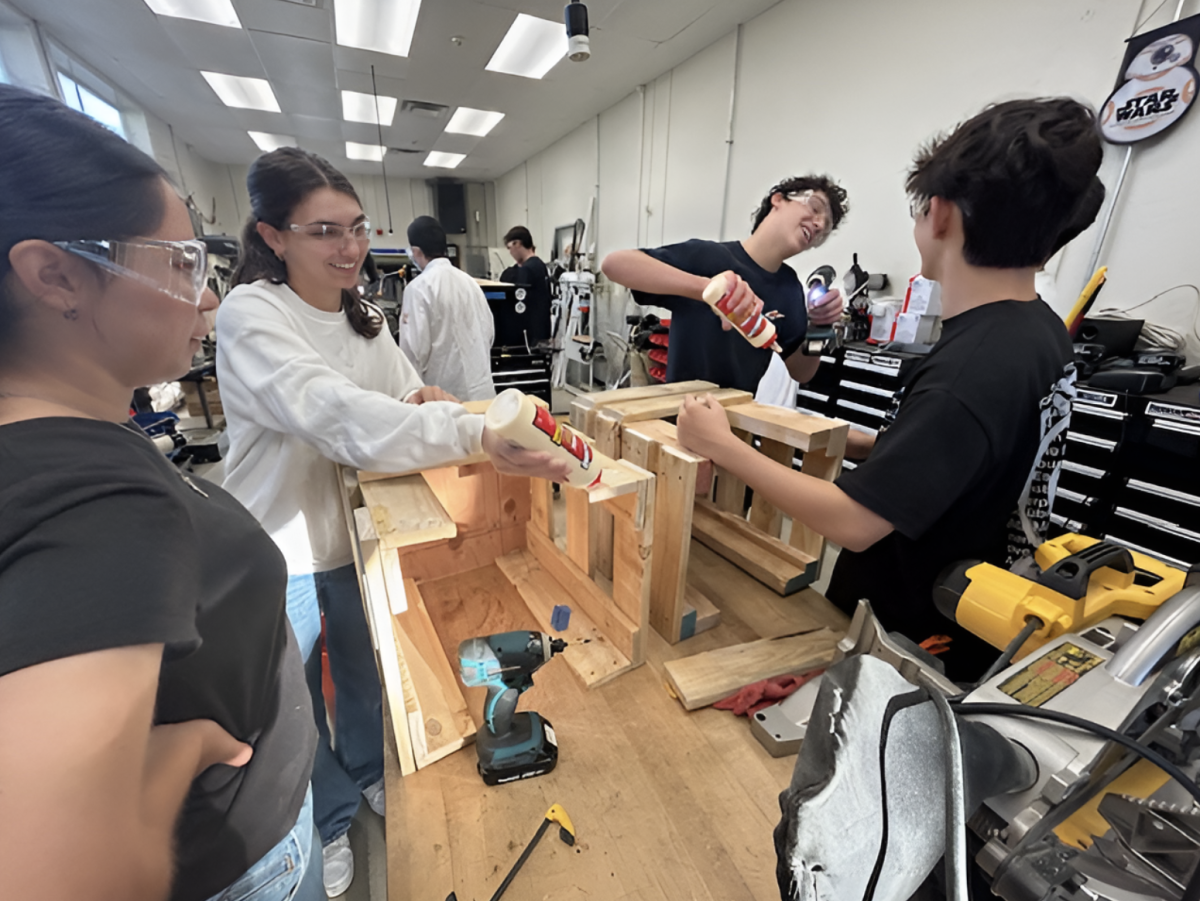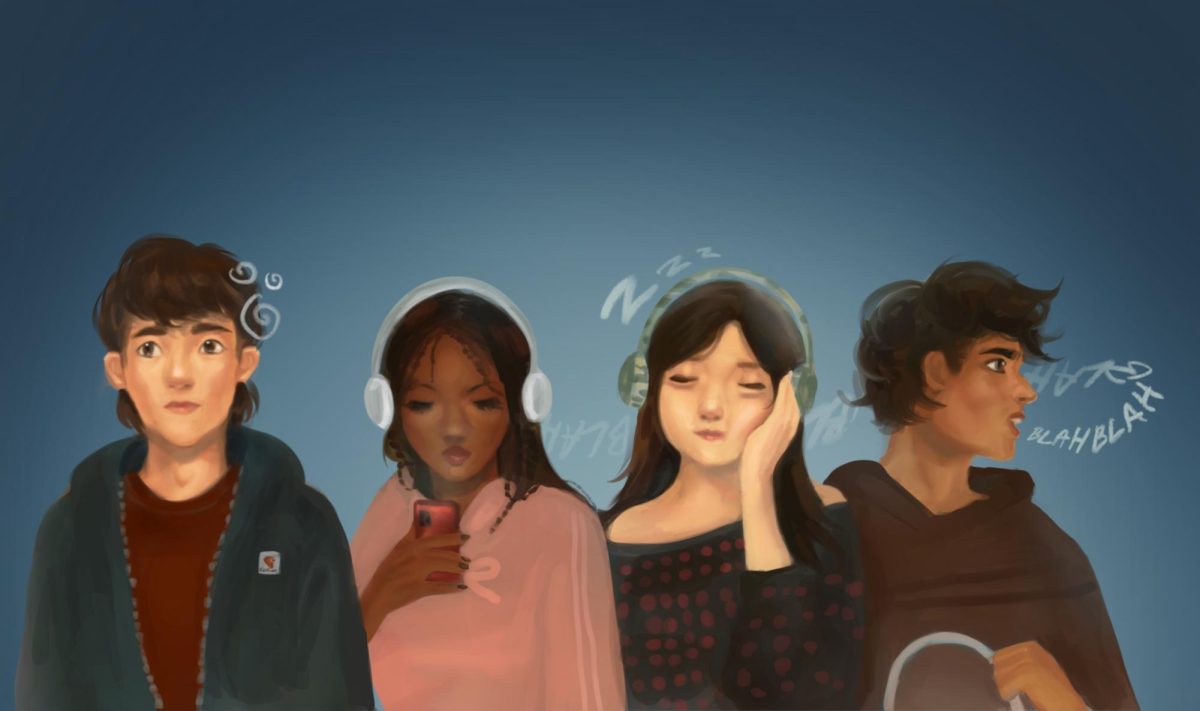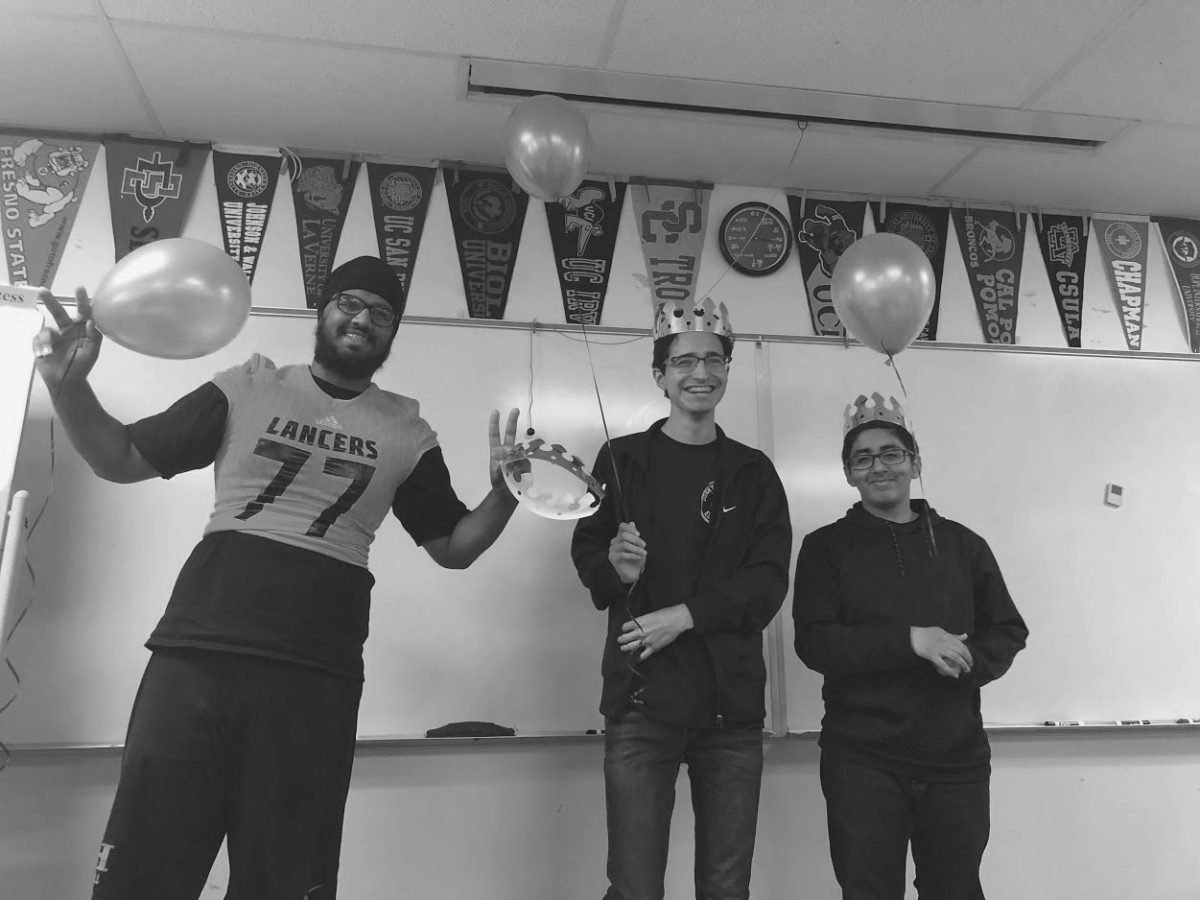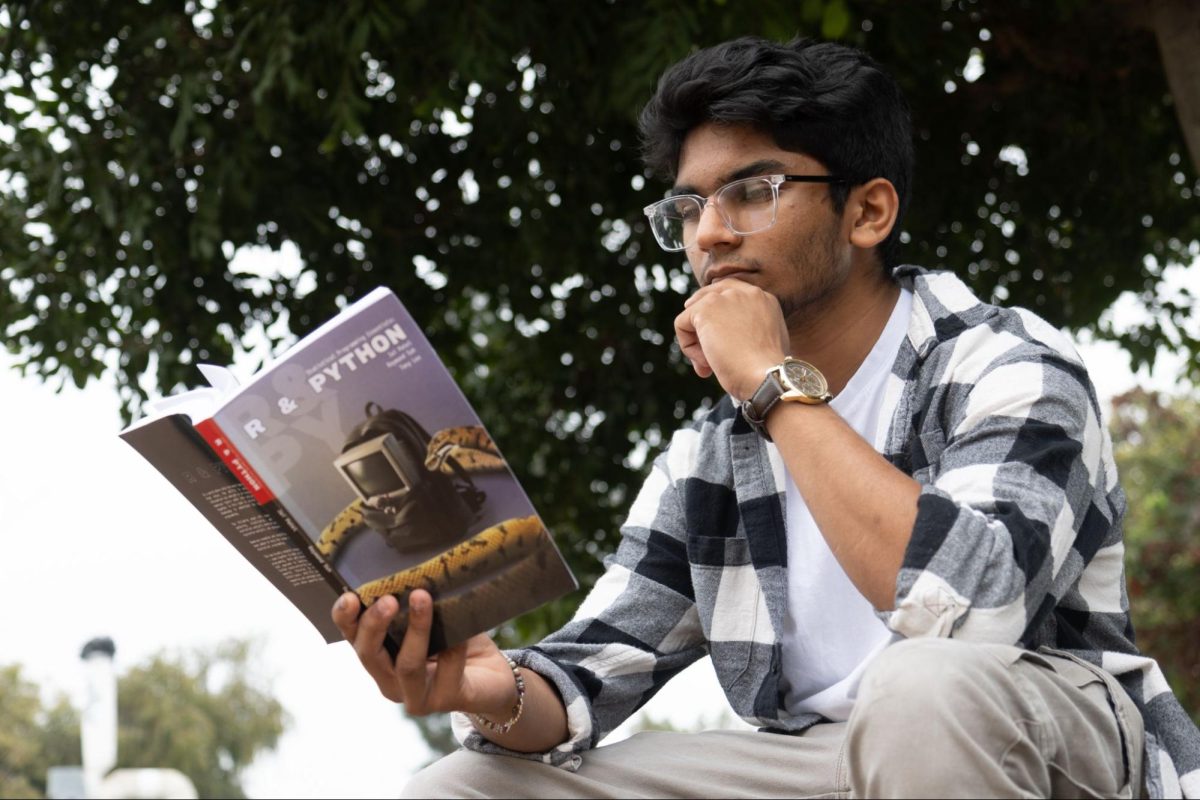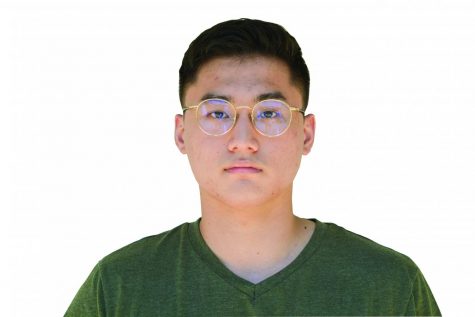While Sunny Hills High School officials have taken every precaution possible to create a safe and healthy environment for the campus’ reopening Nov. 2, junior Guillermo Soto still isn’t convinced.
In fact, Soto believes he’s playing it even safer in his choice to continue with distance learning when the hybrid learning model starts next week. (Students can come back to campus to receive live instruction twice a week depending on which group, or cohort — A or B — they are in or continue with distance learning from home with the same teachers and be in another group, Cohort C.
“[Cohort C] is a better option to make during a global pandemic in order to keep myself, my family and other people safe,” he said. “My parents and I talked it out and decided to do online this semester and hybrid scheduling next semester depending on if the COVID situation gets better.”
Soto is among nearly half the student enrollment at Sunny Hills who have opted out of coming back to school and seeing their classmates and teachers in person — the migration toward Cohort C grows each day as parents are allowed to make switches so long as hybrid learning continues on campus (moving to cohorts A or B is based on class size).
In essence, many see the reopening of the campus as an experiment that they’d prefer not to take part in.
Junior Brian Jang wants to recapture the lost interactions he once had with his peers and teachers, but his parents won’t let him.
“We think the safety of Brian is much more important than his education,” said Jang’s father, James. “We trust Brian can keep up with his studies even through online classes, and he still is able to socialize by talking with his friends online. As long as we have the choice, we will not allow him to return to school.”
So far, the junior’s parents aren’t heeding their son’s issue with sticking with distance learning.
“One of the few things I actually enjoyed at school was going and meeting my friends, and even if we do go into [Zoom] breakout rooms, it’s so much worse than being there in person,” Brian Jang said. “Now that’s completely gone with distance learning, and it’s a lot harder to talk in breakout rooms since no one really talks.”
Aside from his social struggles, the junior said he’s also noticed a drop in the quality of education he’s been receiving — not a fault of his teachers, but rather because of the nature of not being in a physical classroom for live instruction.
“If you’re at home, there are so many more distractions, and asking the teacher questions can be a real hassle sometimes,” Brian Jang said. “In general, being inside classes helps me focus more, and now if I want to understand the material taught by my teachers through Zoom, I have to do more work to keep up the same pace as if I was going to school.”
On the other end of the spectrum of wary parents is the mother of junior Elijah Ramirez, Katrina Ramirez, who is open to any decision her son makes regarding the cohort he chooses.
“Though Elijah chose Cohort C, I trust him enough to know that if he did choose Cohort A or B, he would be cautious enough to stay safe,” Ramirez said. “Though I do find in-classroom learning to be more effective, if Elijah wants to stay home then I won’t argue with him.”
While Elijah doesn’t disagree with his mother’s sentiment about in-classroom learning, he simply thinks it is still too dangerous to return back to school even with the current safety measures of temperature scans, wrist bands, and masks put into place.
“I know the school is doing the best it can right now but even with so few people going to school, I feel like being infected is still possible,” Ramirez said. “Even just passing people in the hallway or being in the same environment carries a chance.”
Aside from his concern, Ramirez finds his in-home routine which started since the March lockdowns to be unproblematic to his academic success and non-isolating since he still plays video games with his friends online everyday.
“Personally, nothing has really changed — my grades have been about the same and I still play with my friends online still,” Ramirez said. “At the end of the day, everybody needs social interaction but it doesn’t bother me as much.”
“While staying healthy is certainly a driving motivation for students to choose Cohort C, sophomore Jueun Park has noticed psychological effects of remaining at home most of the time.
“Like a lot of other people, I am going kind of crazy being stuck inside,” said Park, who hasn’t left her Fullerton home and seen her friends since May. “When me and my friends used to feel some kind of emotion or sadness, we’d hang out and loosen up, but now we can’t even meet up, and our feelings of hopelessness and anxiety are getting worse.”
Park said she and her friends cope by texting each other when they have time as a way of communicating without having to meet in person to stay safe as possible.
“We’ve been trying to manage, but communicating was definitely better in person,” she said.
Though Park’s parents are concerned about her social, emotional and mental health, they believe her physical well-being takes precedence.
“It’s just not safe for her to go back yet — even with the precautions the school is taking, cases of COVID-19 are still too high, and it’s best she goes back when a vaccine is developed,” said Park’s father, Brian. “After all, she did choose to stay home, and we don’t believe she would have if she knew she wasn’t strong enough to deal with the problems with distance learning.”
Even in the face of difficulties with maintaining high morale and motivation, the daughter said she is determined to push through these struggles until the second semester when she hopes a vaccine will be developed by then so she can take it and return to the campus.
“Even though I’m stuck [at home] and distance learning is not the most fun thing to do, I know it’s the best for me and my family,” Park said.
For all the troubles the students of Cohort C will endure with distance learning, students like sophomore Aidan Jung doesn’t seem to mind at all.
“I just wanted to stay home because it’s more comfortable, and my parents didn’t want me risking getting the virus,” Jung said. “It works out for the both of us.”
Aidan’s parents have expressed much of the same sentiment of other parents of Cohort C students: safety first.
“COVID-19 is still not controlled yet, and safety is the most important thing for Aidan,” said Jung’s mother, Linda. “Even if he were struggling with grades or felt depressed, there is no guarantee sending him back to school would fix that; it is just best that he stays at home, and he feels the same way. “
The son agrees with his mother.
“I don’t really want to go outside, and I don’t particularly mind just meeting my friends online only,” Aidan Jung said. “I haven’t met my friends since quarantine began, though we do communicate through text messages — I don’t read half of them.”
For the sophomore, distance learning has no more of a negative impact on him than if he did attend school in person; much of the day resembles in-person school for him as he attends class virtually and does his homework.
“I’m not happy or upset about my situation right now, I’ve never really thought about it, and I’m pretty indifferent,” he said. “I mean, even if I go to school in person, wouldn’t I still be doing the same things every day?”
Like the others in Cohort C, Soto has adjusted to doing his school work from the comfort of his home. Though some parents would prefer to send their children to school so they can return to work, distance learning actually puts less of a strain on Soto’s family.
“I feel like it might be harder to learn [in Cohorts A and B] because of the constant change in environments, and I’ve just kind of just gotten used to online learning at this point,” he said. “I guess it’s just easier to stay at home and do my work.”
Nevertheless, Soto does admit that being in Cohort C is not the most ideal situation, offering this assessment: “Distance learning can be pretty boring, and it’s like watching the collapse of civilization while you can only sit and do your work.”



